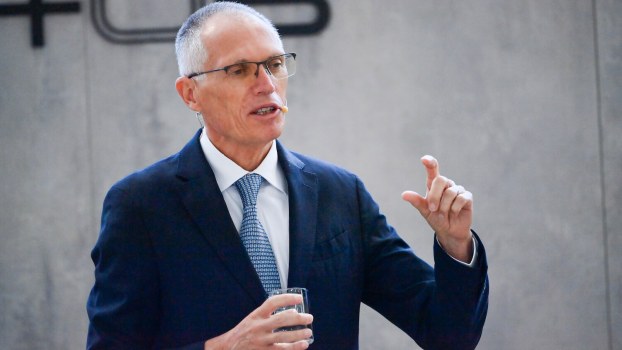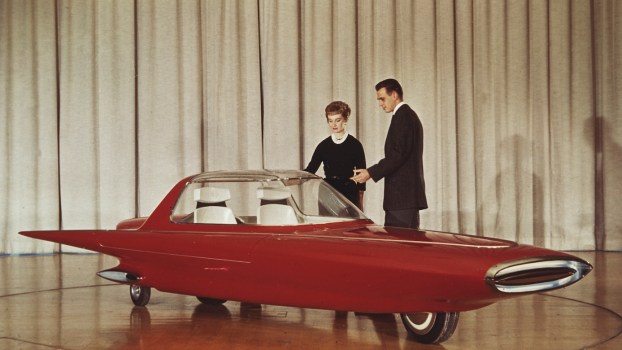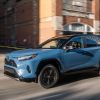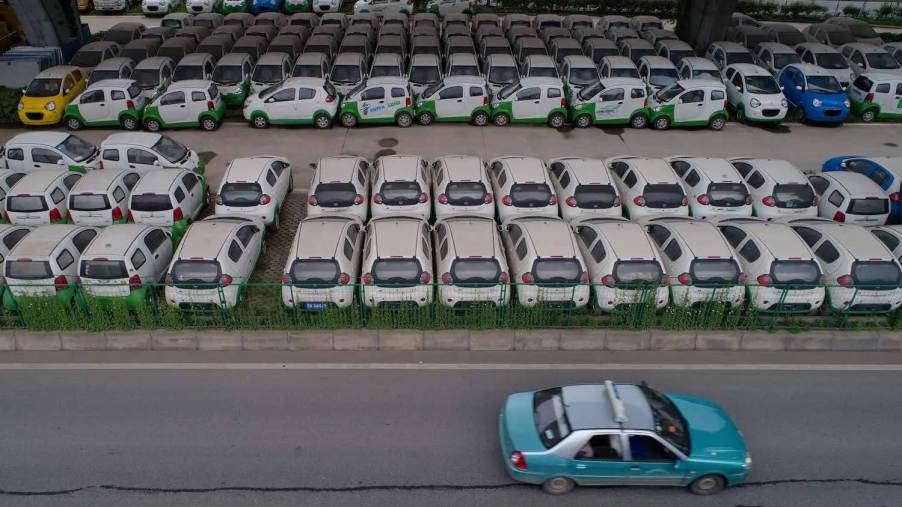
Buyer’s Remorse: Why Are 20% Of Early EV Adopters Now Defecting to Internal Combustion?
Is our honeymoon with the electric vehicle finally over? A study found that one in five early adopters of EV cars and trucks are returning to gas-powered vehicles. As a result, used EV prices are freefalling.
Why are early EV adopters returning to ICEs?
The Journal Nature published a study revealing that of the folks who were early adopters of EVs in California (between 2012 and 2018), 20% of PHEV drivers have returned to fully gas-powered vehicles and 18% of full EV drivers returned to gas-powered–with their subsequent vehicle purchase.
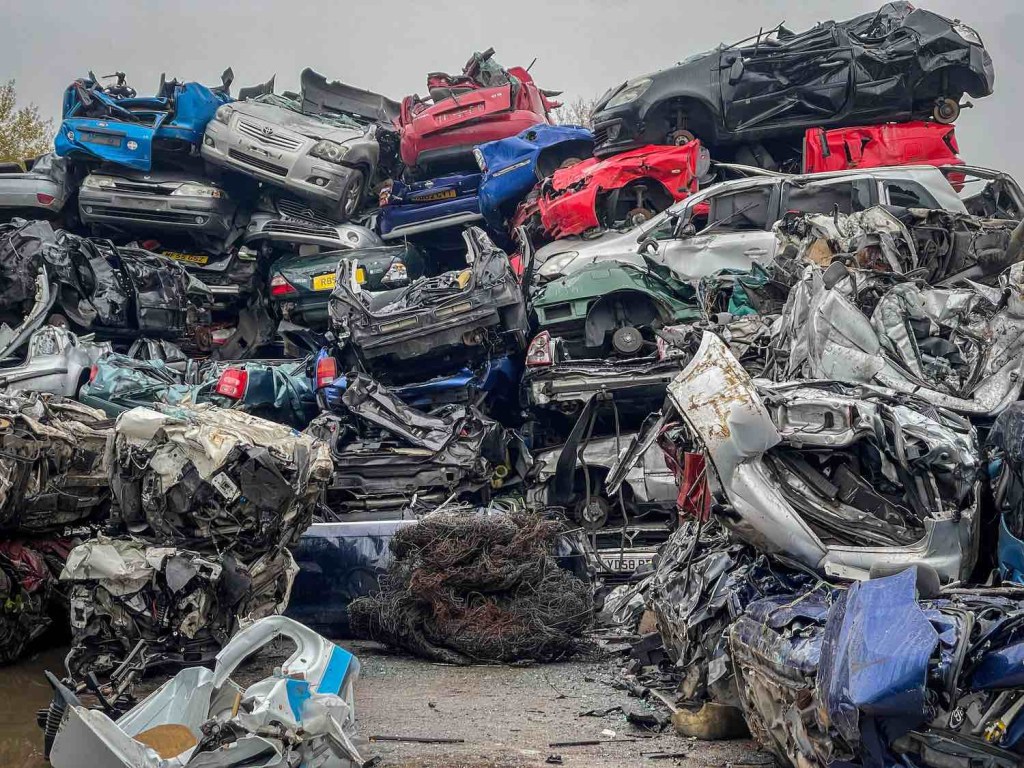
You read that right: one in five people who tried to make EV life work are now returning to traditional, internal-combustion-powered vehicles.
One big demographic “defecting” back to internal combustion was renting their home, then moved to a new place with no Level 2 charger. This may or may not be related to the massive migration away from urban areas during the COVID-19 pandemic. A farm upstate seems idyllic, until you find there’s no place nearby to charge your Tesla.
This makes twice as much sense when you consider that some of the drivers interviewed cited “dissatisfaction with the convenience of charging” as a reason to go back to gasoline vehicles.
The researchers found some other factors. Households with fewer vehicles were likely to “discontinue” their EV ways. Again, this makes sense because if you have at least one vehicle capable of long, gas-powered road trips, commuting in an EV might be more appealing.
There are two other factors that are a bit more mysterious. Any household that bought an EV and retained at least one less efficient vehicle was less likely to keep the EV. And women were more likely to try an EV and then return to internal combustion with their next vehicle than men.
At least one early EV adopter is now arguing against them–for purely environmental reasons. Very publically.
Did automakers “dupe” early EV adopters?
In an inflammatory op-ed, British actor and car enthusiast Rowan Atkinson announced he feels “duped” by automakers. The collector was a very early EV adopter before he learned how much their production damages the environment.

We have previously reported that the lithium mining industry currently destroys the environment and violates human rights. Volvo recently revealed that the process of building an EV emits 70% more greenhouse gases than building a traditional ICE.
Atkinson, who has appeared on Top Gear, is adamant about protecting the environment. He argues that we should have waited for other technologies–such as clean combustion or better battery chemistries–before buying lithium-ion EVs. In the meantime, he urges his friends with ICE vehicles to keep repairing and driving older cars as long as possible to reduce the environmental impact of building new cars.
Is a multi-fuel solution ideal?
Some experts worry we don’t have enough lithium on Earth to replace every ICE with a long-range EV. In addition, these premium EVs are expensive, heavy, and their batteries wear out (relatively) quickly. With other battery chemistries on the horizon, it may make sense for most households to seek a “multi-fuel” solution for the time being.
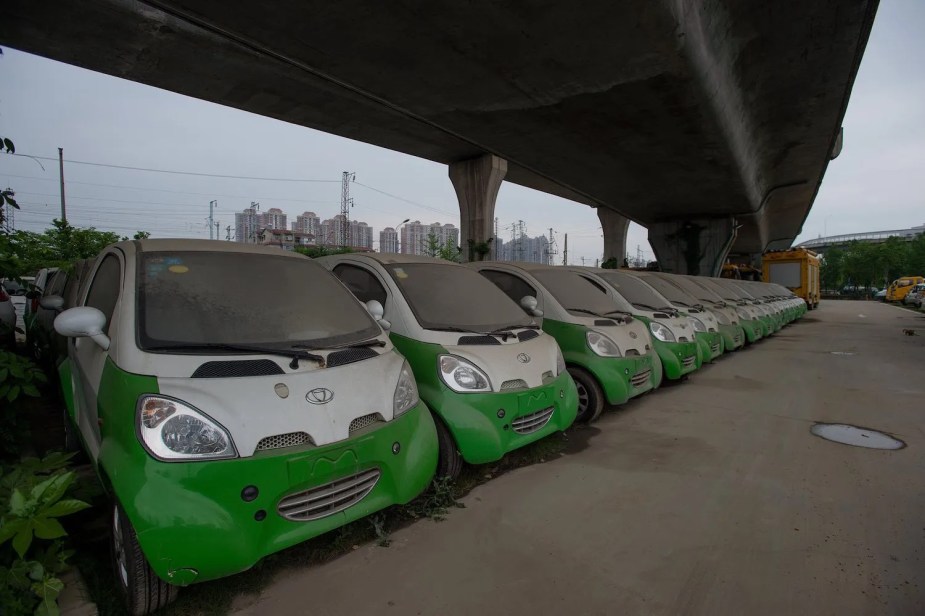
This could take two forms. A family of early adopters might buy short-range EVs just for any commuters in the household. These could have smaller lithium-ion battery packs to reduce cost and environmental impact. At the same time, the household could maintain an older internal combustion vehicle for longer trips.
Some argue that the study in the Journal Nature actually reflects early EV adopters who keep their EVs while buying an internal combustion vehicle for long trips. While this phenomenon does exist, the study’s “one in five” number refers to true EV use “discontinuance.”
A second solution could be a fleet of PHEVs or a range-extended EVs. Range-extended EVs–with a small battery pack, electric drive motors, and an onboard gas-powered generator–are an especially compelling configuration. They offer all the torque and durability of an EV while promising unlimited gasoline-powered range in a pinch.
How do we establish a robust charging network? We simply require every gas station that wants to continue pumping fossil fuels to install one high-speed EV charger.
Next, find out why the Stellantis CEO warns the combustion ban may be hasty, or see why gasoline engines are far from dead in the video below:
